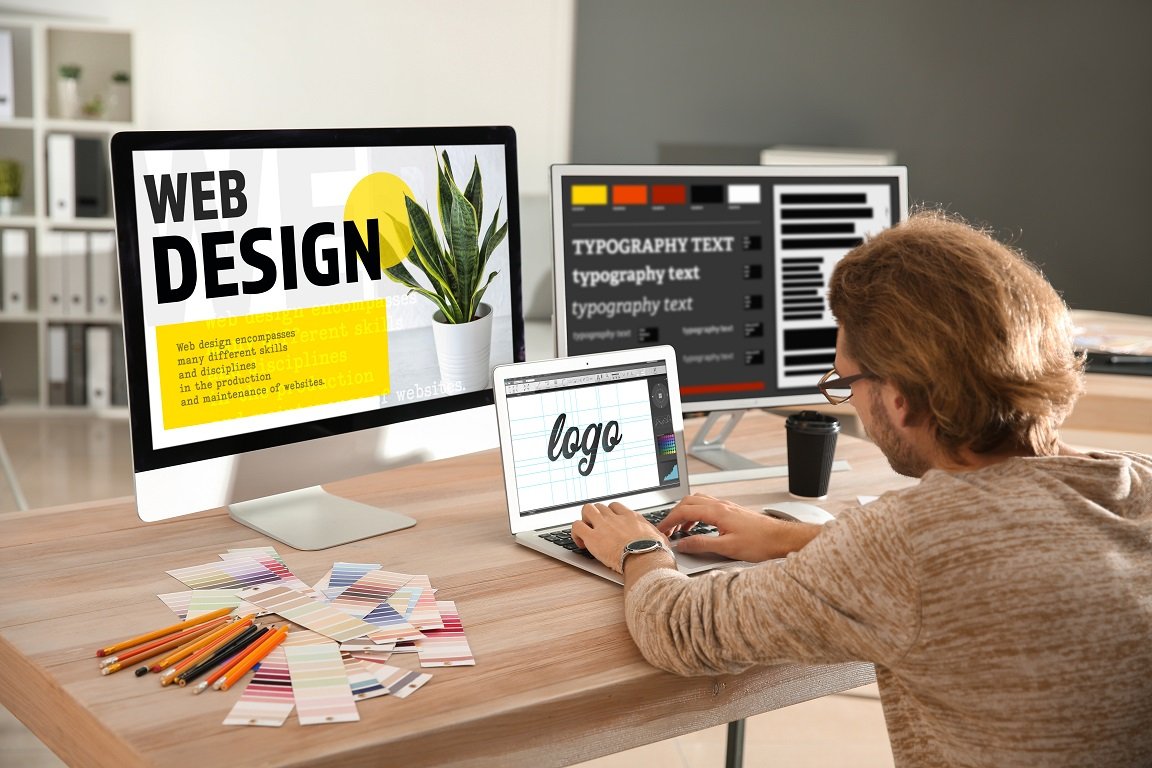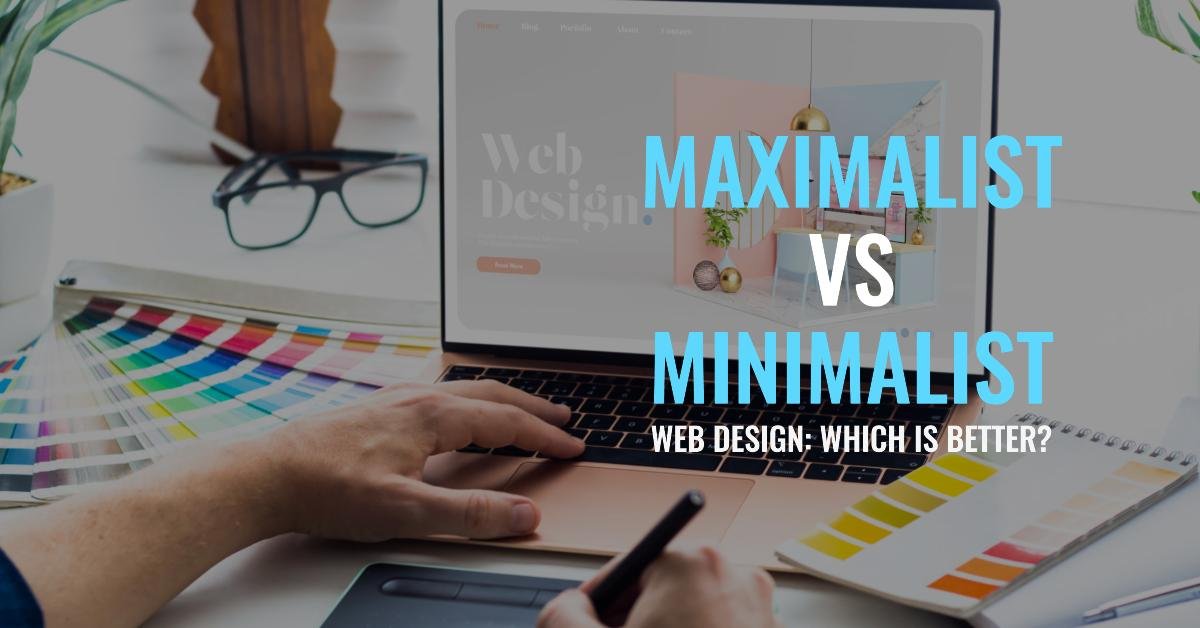In today’s digital era, where websites play a pivotal role in communication, commerce, and information dissemination, creating accessible websites is no longer an option but a necessity. The importance of inclusivity in web design cannot be overstated, especially in a city as diverse and forward-thinking as Abu Dhabi. Ensuring that your website can be easily navigated by all users, regardless of their physical abilities or limitations, demonstrates not only a commitment to excellent user experience but also adherence to international accessibility standards.
This article will explore the principles of designing accessible websites and their relevance to businesses in Abu Dhabi, often referred to as the “web design Abu Dhabi” market. We’ll delve into best practices, why accessibility matters, and how companies can ensure their websites are inclusive for all users, fostering greater engagement, compliance, and brand loyalty.
Table of Contents
ToggleThe Importance of Accessible Web Design
Web accessibility refers to the practice of ensuring that websites, tools, and technologies are designed and developed so that people with disabilities can use them. This includes individuals who may have visual, auditory, physical, speech, cognitive, or neurological impairments. Accessibility also benefits people who may be affected by temporary disabilities, such as those recovering from injuries or using older technology, as well as people who may have situational limitations like bright sunlight or a noisy environment.
In the UAE, especially Abu Dhabi, where the population is composed of a diverse group of people with different needs, ensuring that everyone can access information on websites is crucial. The global movement toward digital inclusivity is gaining momentum, and Abu Dhabi is no exception. As businesses increasingly focus on expanding their digital presence, integrating accessibility into web design has become a hallmark of effective communication and branding.
The web design Abu Dhabi landscape is evolving, and local businesses are recognizing that accessibility is not just a legal requirement in some regions but a vital component of customer service and user experience.
Legal and Ethical Considerations
Countries worldwide are adopting accessibility regulations and standards, such as the Web Content Accessibility Guidelines (WCAG), which provide a framework for ensuring web content is more accessible to a broader range of people with disabilities. While the UAE does not currently enforce strict laws like the Americans with Disabilities Act (ADA) in the United States, businesses aiming to thrive in a global market should strive to meet these standards to prevent future legal challenges and create an inclusive online environment.
By adopting accessible web design practices, Abu Dhabi companies can demonstrate their commitment to corporate social responsibility (CSR) while also ensuring they avoid potential discrimination lawsuits that may arise as accessibility becomes more regulated.
Principles of Accessible Web Design
Accessible web design requires adherence to several core principles that ensure websites are inclusive and user-friendly for all visitors. These principles should be top of mind when creating a new website or updating an existing one, particularly in the competitive “web design Abu Dhabi” market.
1. Perceivable Information and User Interface
To make content accessible, all users must be able to perceive it. This principle applies to:
- Text Alternatives for Non-Text Content: For any non-text content such as images, videos, and buttons, there should be a text alternative that can be read by screen readers. For example, using descriptive “alt” tags for images allows visually impaired users to understand what the image is depicting.
- Captions and Transcripts for Multimedia: For audio and video content, providing captions or transcripts ensures that users with hearing impairments can access the information.
- Distinguishable Content: Making text readable by ensuring sufficient contrast between the text and its background helps users with visual impairments or those in environments with poor lighting. For example, Abu Dhabi businesses often rely on colorful designs, but it’s crucial to ensure readability is not sacrificed.
2. Operable User Interface and Navigation
A website should be easy to navigate, regardless of the input method the user chooses:
- Keyboard Accessibility: Some users may not be able to use a mouse due to physical disabilities, so all functionalities of the website should be accessible via keyboard shortcuts. Designing with keyboard navigation in mind ensures that people with mobility impairments can use the website effectively.
- Clear Navigation: Providing users with a consistent and clear navigation structure, including clear headings, navigation labels, and links, helps users understand where they are on the site and how to get to the information they need. Breadcrumbs and skip-to-content links are particularly useful for improving navigation.
- Avoiding Time Constraints: Some websites impose time limits on certain actions (e.g., filling out a form). For accessibility, users should have the ability to extend or remove time limits as people with disabilities may require more time to complete certain tasks.
3. Understandable Information and User Interface
Web content and interface must be presented in a way that users can understand:
- Readable Content: Use simple language and straightforward instructions wherever possible. For users with cognitive impairments or those who may not be fluent in the website’s primary language, clear and concise text is essential.
- Consistent and Predictable Design: Websites should behave in a predictable manner, so users know what to expect when interacting with the site. For instance, navigation menus should be consistent across all pages, and buttons should perform expected actions without surprise.
- Error Prevention and Correction: When users are filling out forms, help prevent errors by clearly labeling required fields and providing useful error messages if they make a mistake. This is particularly important in a “web design Abu Dhabi” context where many websites cater to an international audience, and language barriers can increase the likelihood of input errors.
4. Robust Content and Compatibility
Web content should be robust enough to function across various devices, platforms, and assistive technologies:
- Responsive Design: In today’s mobile-centric world, websites should be accessible on a variety of devices, including smartphones, tablets, and desktop computers. The “web design Abu Dhabi” market is heavily focused on mobile usability, as many users in the UAE prefer browsing on their mobile devices.
- Compatible with Assistive Technologies: Ensure that the website can be interpreted by assistive technologies such as screen readers, braille displays, and voice recognition software. This involves using proper HTML semantics and ARIA (Accessible Rich Internet Applications) roles to ensure elements like buttons and forms are easily recognized and interacted with.
Benefits of Accessible Web Design for Abu Dhabi Businesses
The adoption of accessible web design practices benefits not only individuals with disabilities but also businesses in Abu Dhabi in several ways:
1. Enhanced User Experience
Accessible websites are inherently more user-friendly for everyone, not just people with disabilities. Improved navigation, readability, and flexibility create a better experience for all users, reducing frustration and increasing engagement.
2. Broader Reach
By making websites accessible, businesses can reach a wider audience. According to the World Health Organization (WHO), more than 1 billion people worldwide have some form of disability, representing a significant portion of potential customers. In Abu Dhabi, with its diverse population, ensuring that a website is accessible could mean engaging with users who otherwise might not be able to interact with the business.
3. Improved SEO
Accessibility and search engine optimization (SEO) often go hand in hand. Accessible websites tend to rank higher on search engines because they provide clear, well-structured content that search engine algorithms can easily crawl. This is especially relevant in the “web design Abu Dhabi” market, where local competition is intense, and businesses are constantly vying for better online visibility.
4. Brand Reputation and Loyalty
An accessible website demonstrates a company’s commitment to inclusivity and social responsibility, which can boost its reputation. Users are more likely to engage with brands that prioritize inclusivity, leading to improved customer loyalty and brand equity.
Conclusion
In the competitive “web design Abu Dhabi” landscape, businesses need to ensure their websites are accessible to all users. By adhering to the core principles of accessibility, companies can create inclusive digital spaces that cater to a broader audience, improve user experience, and enhance brand reputation. As the demand for digital inclusivity grows, accessible web design will become a defining feature of successful online businesses in Abu Dhabi and beyond.




